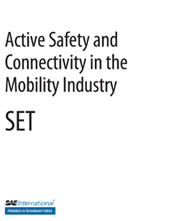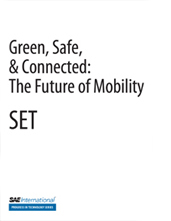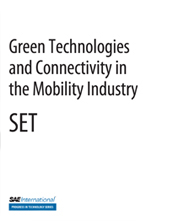Journal Article
Injury by Delta V in Front, Near-Side, Far-Side and Rear Impacts: Analysis of 1994-2015 NASS-CDS
2022-03-29
2021-36-0089
The risk for severe injury (MAIS 4+F) was determined by crash type, seatbelt use and crash severity (delta V) using 22 years of NASS-CDS from 1994-2015 with all light vehicles and occupants 15+ years old. There were 9 increments of delta V from <16-72+ km/h (<10-45+ mph). Crashes were grouped by the location of damage to the front, near-side, far-side and rear. Injury risk was calculated by dividing the number of severely injured (MAIS 4+F) by the number of exposure (MAIS 0+F) occupants using weighted data. Standard errors were determined. The data and plots provide a national estimate of injury by delta V in front, near-side, far-side and rear impacts based on the multi-year field data in NASS-CDS.







